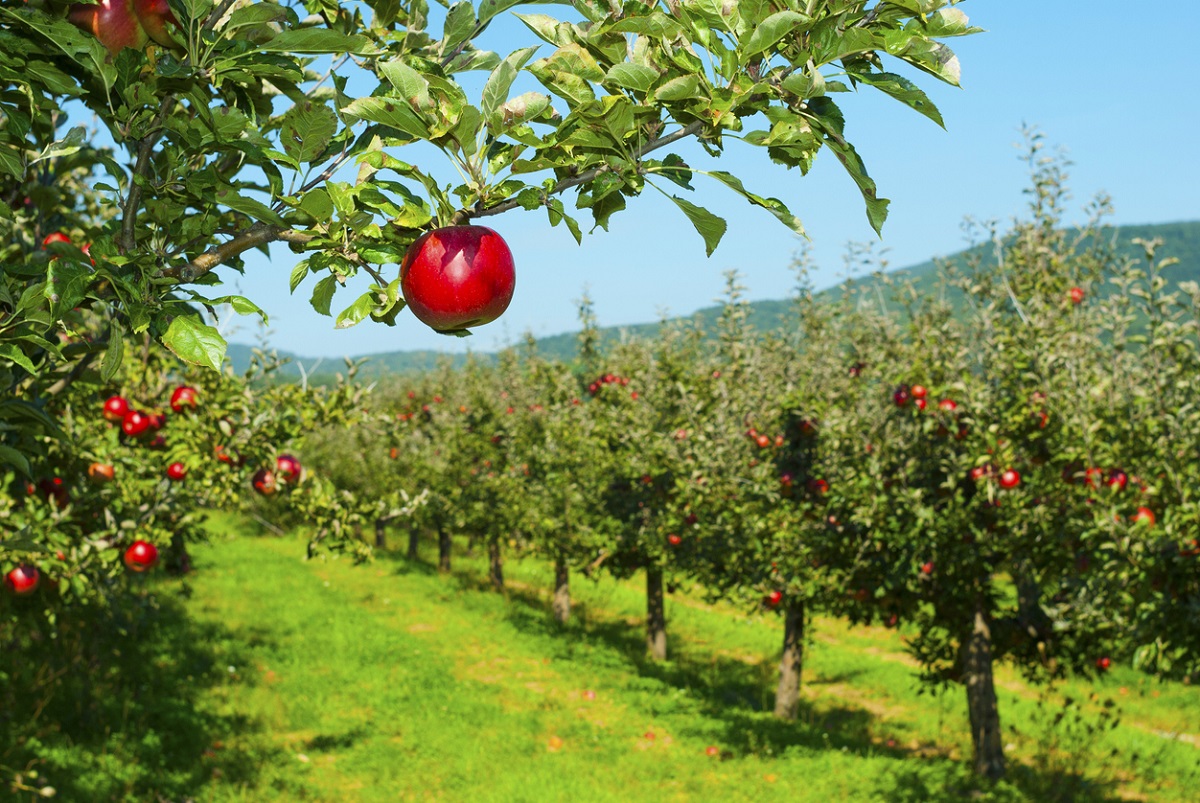
Apple’s Natural Defense Against Virus Very Similar to GM Mechanism
September 7, 2022| |
Genetically modifying trees to increase resilience has long been hounded by regulatory hurdles and public opposition, but the latest findings of the University of Manchester's scientists offer an important contribution to this debate.
The apple rubbery wood virus (ARWV) has infected many apple trees worldwide. In the study, the scientists found that the symptoms of ARWV result from the reduction in lignin, a key structural material that supports the tissues of most plants. Further investigation found that the enzyme phenylalanine ammonia lyase (PAL) which is responsible for lignin synthesis was suppressed by the plant during ARWV infection. This results in a decrease in lignin biosynthesis, making the branches of the tree more flexible and facilitating the release of sugars.
The mechanisms of the ARWV to modify lignin in the apple tree is very similar to how scientists have been altering lignin in genetically modified trees, according to Manchester's scientists. This is evidence that the new technologies that are regulated, like genetic modification, show similarities to events that occur naturally.
Read the news release from the University of Manchester to learn more.
| |
You might also like:
- Apple Genome Sequence Published
- U.S. FDA Approves Arctic® Fuji Apple
- New Disease-Resistant Apple Variety from University of Illinois
Biotech Updates is a weekly newsletter of ISAAA, a not-for-profit organization. It is distributed for free to over 22,000 subscribers worldwide to inform them about the key developments in biosciences, especially in biotechnology. Your support will help us in our mission to feed the world with knowledge. You can help by donating as little as $10.
-
See more articles:
-
News from Around the World
- International Workshop to Tackle Regulatory Approaches for Animal Biotech
- Malaria Vaccine with Engineered Parasites Shows Positive Results in Small Trial
- Researchers Propose New Approach for Regulating Genetically Engineered Crops
- Field Study in China Supports Safety of Transgenic Maize on Non-Target Insects
- Multigene Engineering for Sustainable Biotechnological Production of Saffron's Active Ingredient
- Whole Genome Sequencing Provides Astonishing Details About the Greenland Halibut
- Researchers Devise Easier and Cheaper Way to Produce Pheromones
-
Research Highlights
- Apple’s Natural Defense Against Virus Very Similar to GM Mechanism
-
Read the latest: - Biotech Updates (December 17, 2025)
- Gene Editing Supplement (December 17, 2025)
- Gene Drive Supplement (February 22, 2023)
-
Subscribe to BU: - Share
- Tweet

